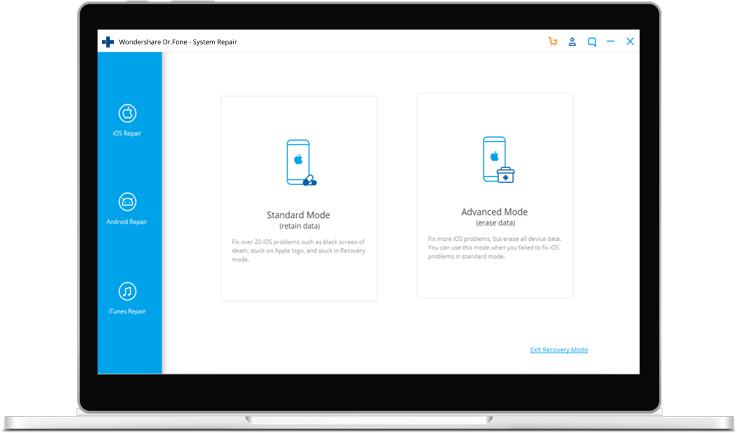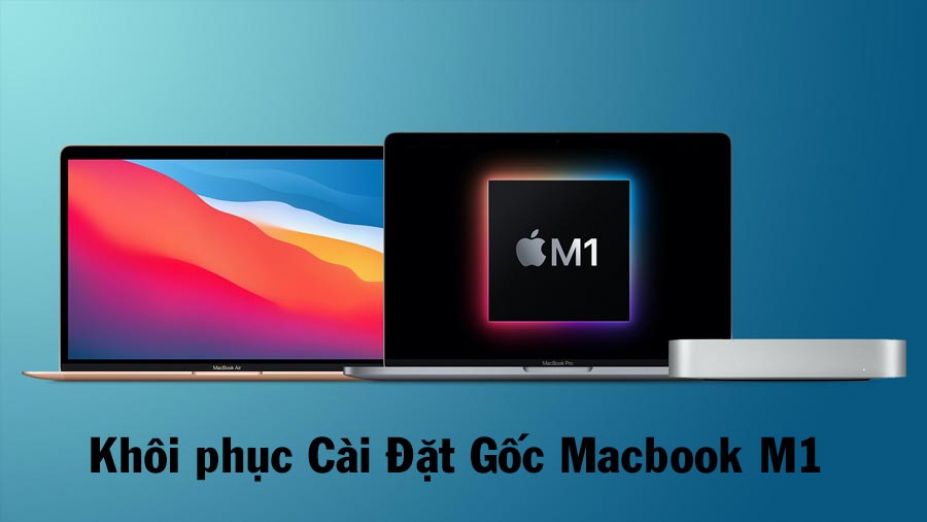Last updated on June 5th, 2020 at 03:16 pm
Reading Time: 4minutesYour worst nightmare has come true. Your Mac has been playing up for some time but you’ve just been ignoring it. You aren’t able to figure a way out and it has refused to start. You curse yourself for not making that backup. Is there a way to get back your lost data from your failed Mac hard drive? Is there a way to recover your lost files and photos? Which is the best tool to recover your lost Mac data?
Luckily there are software tools that can recover your lost Mac data, files, and photos. Though a variety of data recovery software is available, not every one of them is going to solve your problem. Hence you’ll have to choose the right one based on your needs. We bring to you some important attributes that an ideal Mac data recovery software should have.
- Recovers all data types like photos, videos, audios, documents, and archives
- Compatible with latest OS like macOS Catalina, High Sierra, Mojave
- Recovers from all kinds of storage like hard disks, hybrid drives, SSD’s, and flash drives
- Recovers from all kinds of data loss like accidental deletion, drive corruption, virus attacks, inaccessible drives, and emptied trash
- Safe and easy to use with reliable recovery from MacBook Pro, MacBook Air, Mac mini, Mac Pro & iMacs
Top 5 Best Mac Data Recovery Software of 2020
1. Stellar Data Recovery for Mac
The correct way to reinstall macOS Catalina is to use your Mac’s Recovery Mode: Restart your Mac and then hold down ⌘ + R to activate Recovery Mode. In the first window, select Reinstall macOS ➙ Continue. Agree to the Terms & Conditions. Click Disk Utility when in macOS Recovery. Click on your Mac's startup drive in the Disk Utility sidebar. It should be the drive at the top of the sidebar if there are multiple drives. Click First Aid. First Aid will run, checking the health of your Mac's drive. This process could take a little while. Mac Os Catalina Recovery Usb Stick Plug the bootable installer into a Mac that is connected to the internet and compatible with the version of macOS you're installing. Turn on your Mac and continue to hold the power button until you see the startup options window, which shows your bootable volumes and a gear icon labled Options.
Simple and comprehensive data recovery software for Mac, Stellar recovers all kinds of data such as documents, photos, videos and audio files from all Mac devices. It offers complete support for macOS Catalina, High Sierra, Mojave. For storage-specific data recovery, it seamlessly works with hard drives, pen drives, SSD’s, fusion drives and SD cards. Deep scan and data imaging maximize your recovery, and you can recover up to 100% of the lost data.
It has a super-easy graphical user interface that lets you customize key parameters such as type of data, drive area selection, and data format. You also get the preview of the file even before recovering the data. A SMART drive monitor in the latest edition lets the user track down the health of the hard drive and the performance status as well. What more, you get a free evaluation version as well.
2. DoYourData Mac Data Recovery
Used by millions of mac users so far Do Your Data Recovery for Mac is another powerful Mac Data Recovery software that helps you to do 100% recovery of loss files from Mac OS. File recovery possible under various scenarious such as OS corruption, hard drive crashed, power failure, file deletion and formatting. Recovery from all types of files and devices in just 3 simple steps.
3. EaseUS
EaseUS helps in easy recovery of deleted, formatted, inaccessible or lost data for Mac. The wizard is simple to use and has a three-step recovery mechanism: Launch, Scan, and Recover.
You can recover graphics, audio, video, documents, archives, emails and other unclassified files from hard disks, SSD’s, flash drives and memory cards. EaseUS can be used in various operating systems including the Mojave.
4. Tenorshare
A powerful data recovery software for Mac, Tenorshare’s interface provides recovery mode, partition recovery, and raw recovery. It recovers deleted, lost, formatted documents, photos, videos, audios from all kinds of storage.
Apart from this, you can also recover your contacts, messages, call history from your Apple devices if it is synced with iTunes. Previewing photos and videos before recovering is also possible in Tenorshare. It can support up to the latest Catalina OS.
5. Disk Drill
Disk Drill can recover data even if Mac’s internal or external hard disk is inaccessible. Even if the data is corrupted or the file’s missing, this software can be used. Moreover, it boasts an easy to use interface. It can recover 200+ file types, clean up your Mac, backs up data, creates bootable USB drive, protects and monitors the drive’s health.
With over 10 million users, it is an excellent software for data recovery for your Mac and is Mojave ready.
Final Conclusion
Though most of the software tools available help in the recovery of data from Mac devices and storage media, it is important to identify a reliable option based on specific needs and choices. For example, if you use macOS Catalina, you need to ensure that you use a data recovery software that supports macOS Catalina. We have brought to you the five best data recovery software in 2020 for Mac based on quality, speed, success rate, and usability. Choose one according to your needs and let us know how it worked for you.
Jul 05, 2021 • Filed to: Solve Mac Problems • Proven solutions
There are many issues that people may encounter while installing the macOS update. One of the common problems is that the recovery server could not be contacted. When trying to install macOS High Sierra, Mojave, or Catalina, there is an error message popping up: The recovery server could not be contacted.
Macos Catalina Recovery Utility
If your macOS update is also stopped by this error, you will find this post helpful. From this post, you will learn why the recovery server could not be contacted and how to fix it.
What Does It Mean When the Recovery Server Could Not Be Contacted?
When installing a macOS update with a macOS installer, your Mac needs to reach the Apple server. When it says 'the recovery server could not be contacted, it means that your Mac failed to build a connection with the Apple server.
There are multiple culprits behind this issue.
- Your Mac is disconnected from the network. A stable network connection is required for your Mac to successfully contact the Apple server.
- The date and time on your Mac are not properly synced with the Apple recovery server.
- The Apple server is overloaded with too many users trying to installing the new update at the same time. Whenever there is a macOS update recently released, the Apple server usually experiences a busy time.
Solution 1: Check Network Connection on Mac
Firstly, you need to check if your Mac is connected to a proper internet connection. If your Mac is on a wired internet connection, you can re-plug the Ethernet cable to check.
If your Mac is using a Wi-Fi, you can access the Wi-Fi option from the top right corner of your screen to check it is connected to a stable Wi-Fi network.
The faster the internet, the quicker you can access the Apple recovery server.
Solution 2: Sync your Mac' Date and Time to Apple Recovery Server
If your Mac's date and times are not synced to the Apple recovery server. You can update these settings by utilizing these steps;
Step 1: First of all, close the error. This will open the macOS Utilities window.
Step 2: Next, you are required to choose the option 'Utilities' on the top menu bar.
Step 3: You will see the option 'Terminal', double click on it.
Step 4: Then type the following command line: 'ntpdate -u time.apple.com' and press enter.
Step 5: The above step might take some time. Once the process is completed, you can try reinstalling the macOS update again. Hopefully, your problem will be solved.
Also if the 'ntpdate -u time.apple.com' command-line failed to fix the recovery server could not be contacted on your Mac, you can try the following command.
- Open Terminal.
- Enter date. And hit Enter key. This will show the date of your Mac.
- If the date and time are wrong, you should enter the current time with the following command line: date mmddhhssyy. For example, if it is July 20, 09:00 am, 2020, you should enter: date 0720090020 (July 20, 09:00 am, 2020,).
- After that, quit Terminal and click Reinstall macOS to run the Catalina/Mojave installer again.

Macos Catalina Recovery Mode Terminal
Solution 3: Install the Full Version of Mojave/Catalina Installer
Some users found that when they try to install a macOS update with the update installer from App Store, it just showed the error message 'the recovery server could not be contacted. However, after downloading a full version of the macOS installer, the installer can run without any error. Here is how you can get a full version of the macOS Catalina update.
Step 1Run Terminal.

Step 2For example, to download the full version of the macOS Catalina 10.15.3 Installer Application, enter the command line as below.
- softwareupdate --fetch-full-installer --full-installer-version 10.15.3
Step 3The installer will be downloaded in the Application folder.
Step 4Run the installer to install the macOS without the recovery server error.
Solution 4: Erase Your Disk and Reinstall macOS
In case you have utilized all the above methods and have not received any good results. Only then, you can erase your hard disk and reinstall macOS. You can enter the recovery mode to erase the hard disk. After that, reinstalling macOS can solve your problem. Follow the steps properly erase your hard disk and reinstall macOS;
Step 1Firstly, you need to restart your Mac.
Step 2When the Mac is starting, you need to press and hold CDM + R keys to enter the recovery mode.
Step 3In the Recovery mode, click Disk Utility and erase the Macintosh HD volume. This will delete all your data on your Mac so make sure you have backed up your important data.
Step 4After erasing your disk, you can reinstall macOS. This time, you won't see the recovery server could not be contacted error.
If you have important data missing after the macOS update, you can get it back by using Recoverit Data Recovery software. The program is designed to recover photos, documents, videos, emails, etc. from the Mac computer after the data are deleted mistakenly or lost because of macOS reinstallation, factory reset, or virus.
Lost data can be recovered in 3 simple steps by Recoverit: select the drive of lost data, scan the drive, recover the files.
Download the free trial version of Recoverit Data Recovery to scan and find your needed files.
Conclusion
Many users complained about the recovery server could not be contacted error. Every error is solvable, only if you apply proper solutions. And to tackle the incidents that may happen in the macOS update, you need to back up your data before implementing any of the steps. In case your data is lost, you can recover it using Recoverit Data Recovery.
What's Wrong with Mac
Macos Catalina Recovery Tool
- Recover Your Mac
- Fix Your Mac
- Delete Your Mac
- Learn Mac Hacks